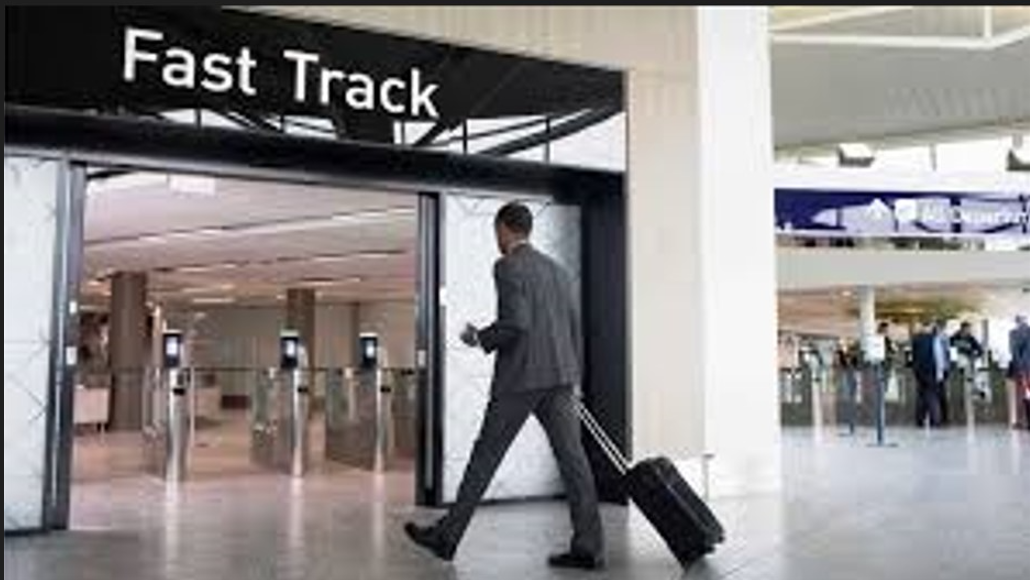When planning a trip to Marrakech, Morocco’s famed city of vibrant colors, ancient medinas, and exotic flavors, the last thing you want is a stressful arrival. Imagine stepping off the plane into a bustling, warm environment, ready to dive into the rich Moroccan culture, only to face long lines and confusing procedures. The solution? A Marrakech airport fast track that prioritizes your comfort and makes your entry as smooth as possible. This article will cover everything you need to know to streamline your arrival and fast-track your entry, ensuring that your journey starts off on the best foot.
Why Fast-Tracking Your Entry in Marrakech Is Essential
Marrakech Menara Airport (RAK) is one of the busiest airports in North Africa, especially during peak tourist seasons. Arriving without a plan for an easy entry can lead to long waits at immigration, crowded baggage areas, and potentially exhausting experiences. Opting for a fast-track service can save you time, minimize stress, and allow you to immerse yourself in Marrakech’s enchanting atmosphere sooner.
What Is a Fast-Track Service, and How Does It Work?
A fast-track service is a VIP-style solution designed to simplify and expedite airport procedures. When you book a fast-track service at Marrakech Menara Airport, you receive personalized assistance from the moment you arrive. This often includes priority through passport control, assistance with luggage, and even guidance to secure transportation. Your fast-track assistant will guide you past long lines, offering a seamless entry experience.
Booking a Fast-Track Service: What to Expect
Booking a fast-track service is straightforward. Most services allow you to reserve in advance online, making it easy to plan ahead. When you book, you can choose from different levels of service depending on your needs. Basic fast-track services cover expedited entry and baggage handling, while more premium options may include airport lounge access and private car transfers to your accommodation.
Key Benefits of Using a Fast-Track Service in Marrakech
Using a fast-track service can transform the way you experience arriving in Marrakech. Here are some of the primary benefits:
- Time Savings: Skip long lines at immigration and baggage claim.
- Reduced Stress: Avoid the typical airport frustrations and get personalized assistance.
- Comfort and Convenience: Some services offer luxurious perks, such as lounge access and private transfers.
- Assistance in Case of Language Barriers: Many fast-track service agents are multilingual, helping you navigate the airport if you’re unfamiliar with French or Arabic.
Different Types of Fast-Track Services Available in Marrakech
Depending on your needs and budget, there are various levels of fast-track services available in Marrakech:
- Standard Fast-Track: For those who want expedited entry but are on a budget. This typically includes priority passport control and baggage claim assistance.
- VIP Meet-and-Greet: This includes a dedicated airport representative to assist with everything from entry to securing transport.
- Luxury Fast-Track: This premium option includes VIP lounge access, personalized immigration assistance, and private car service for ultimate comfort.
How to Choose the Right Fast-Track Service for You
When selecting a fast-track service, consider your travel style and specific needs. Are you traveling with family or for business? Do you want a luxury experience or simply wish to avoid long lines? By understanding your preferences, you can choose the most suitable fast-track option. Budget-friendly services are excellent for quick entry, while VIP services offer a more comprehensive, luxury experience.
How to Book a Fast-Track Service for Marrakech Airport
Booking fast-track services can typically be done through:
- Airport websites: Some airports offer fast-track options directly through their official websites.
- Travel agencies: Many agencies have partnerships with fast-track providers and can add the service as part of a travel package.
- Fast-track service providers: Numerous companies specialize in airport services, offering different tiers of service to suit all travelers.
Ensure you make reservations in advance, especially during high tourist seasons, as services can quickly become fully booked.
Arriving at Marrakech Menara Airport: Step-by-Step Guide
Here’s a step-by-step breakdown of what to expect when you arrive at Marrakech Menara Airport with a fast-track service booked:
- Meet Your Representative: Once you disembark, a representative will be waiting to greet you. Look for a sign with your name or a company logo, depending on your booking.
- Expedited Passport Control: Skip the regular lines as your assistant guides you to a special immigration area.
- Priority Baggage Handling: If you’ve checked luggage, your fast-track service can expedite the baggage claim process.
- Private Escort to Transportation: For those with premium service, your representative will lead you to a waiting vehicle.
What to Do After You’ve Fast-Tracked Your Arrival
After breezing through the airport, you’ll be ready to explore Marrakech’s sights and sounds. Consider taking time to unwind at your accommodation before heading out to explore. Fast-track services often set the tone for a stress-free experience, allowing you to start your adventure in a relaxed state of mind.
Frequently Asked Questions About Fast-Track Services in Marrakech
Q: Is a fast-track service necessary for all travelers?
A: Not necessarily. It depends on your travel preferences, schedule, and budget. For those who value time savings and convenience, it’s highly recommended.
Q: Is there a dress code for VIP lounges?
A: Yes, most VIP lounges have a casual dress code. It’s best to avoid beachwear and overly casual clothing.
Q: Can I book fast-track services last minute?
A: Some providers allow last-minute bookings, but it’s better to reserve in advance to ensure availability.
Conclusion
Choosing to fast-track your arrival in Marrakech can transform your travel experience, helping you bypass long waits and unnecessary stress. With a variety of options to suit different budgets and needs, you can start your Moroccan adventure feeling refreshed and ready to explore. From expedited passport control to private car services, these fast-track options bring unparalleled ease to your journey. So, next time you visit Marrakech, consider a fast-track service to make your arrival as seamless as possible—allowing you to dive right into the vibrant culture and beauty that awaits.




